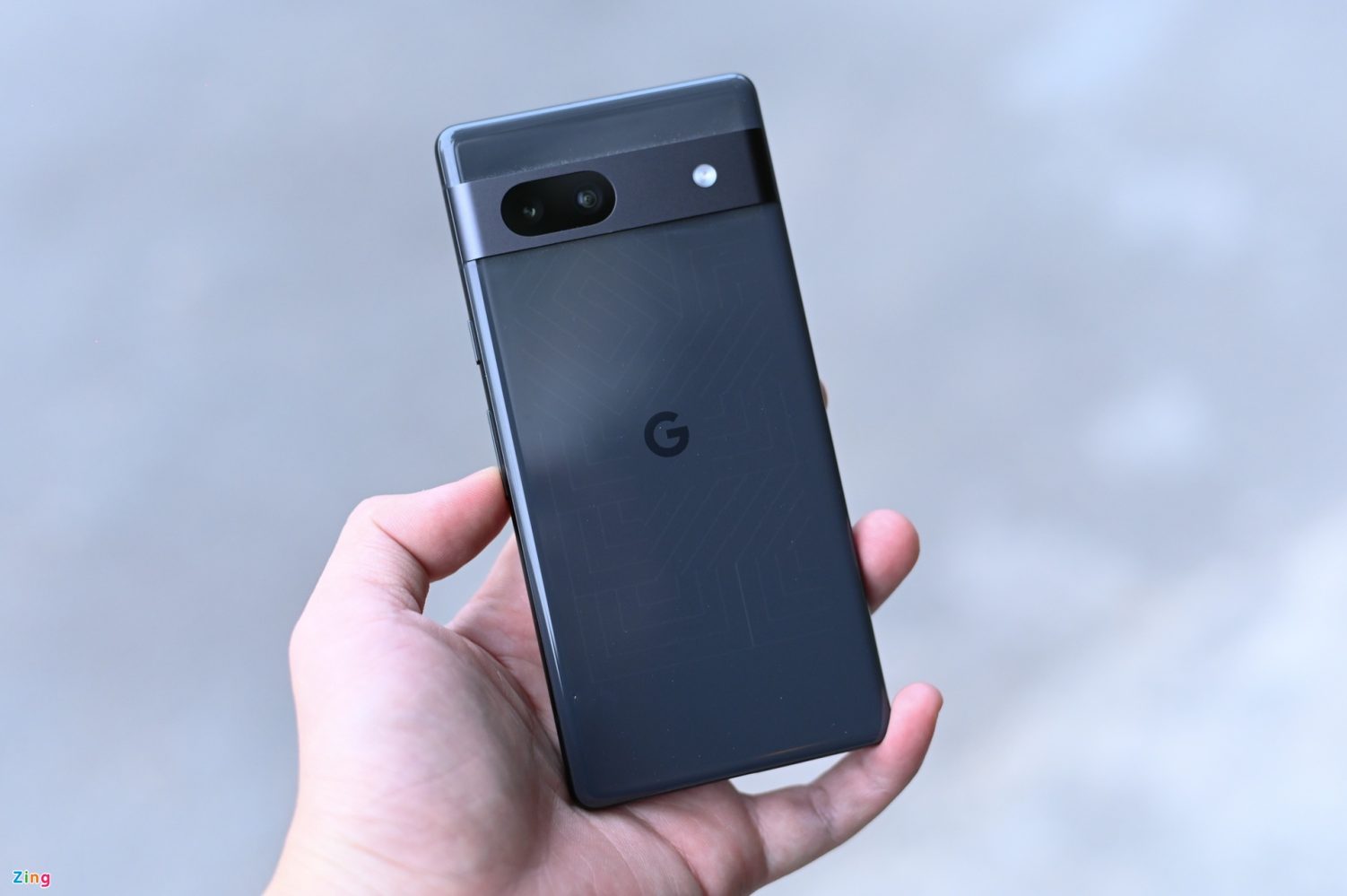
With a growing history of impressive mid-rangers, Google’s next such handset is due any time soon. Leaks and rumors give us a good picture of what to expect from the Pixel 7a. Here is everything you need to know.
9to5Google has a rebooted newsletter that highlights the biggest Google stories with added commentary and other tidbits. Sign up here!
The mid-range Android phone market is extensive. We have seen new players enter the US market over the past 18 months, but Google is a firm fixture. Since 2019, the Pixel A-series has become a strong candidate for the best all-round Android phone for most people. Cutting corners without sacrificing the core “Pixel experience” we’ve come to know and love.
For more video content, subscribe to 9to5Google on YouTube.
Design
If you have seen the Pixel 7, then you’ll have a fairly good idea of what to expect from the Pixel 7a. Early leaks of CAD-based renders showcased an almost identical design. This isn’t unexpected, as the Pixel 6a mimicked the baseline Pixel 6 and, we’re seeing that again with the latest generation. You’ll notice that the design includes an apparent full metal camera frame with cutouts for dual lenses.
There will be some minor dimension changes according to @OnLeaks. The chassis will measure in at 152.4 x 72.9 x 9.0mm. This is a very minor increase over the Pixel 6a’s 152.2 x 71.8 x 8.9 mm dimensions. Just whether being 0.2 mm taller, 1.1 mm wider, and 0.1 mm thicker is a notable increase remains to be seen, but it’s an increase nonetheless. The AMOLED display is likely going to measure in at 6.1 inches as a result.
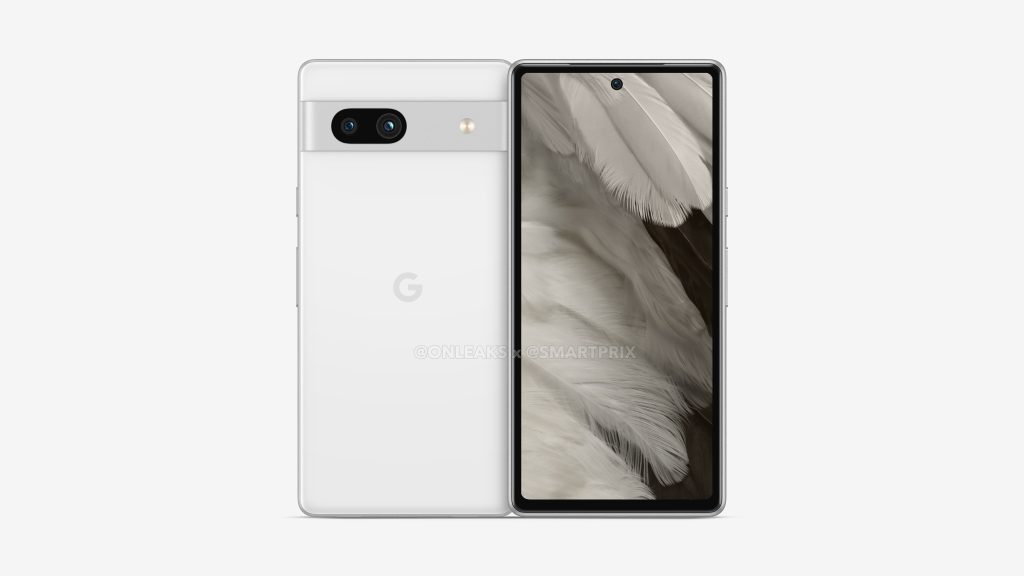
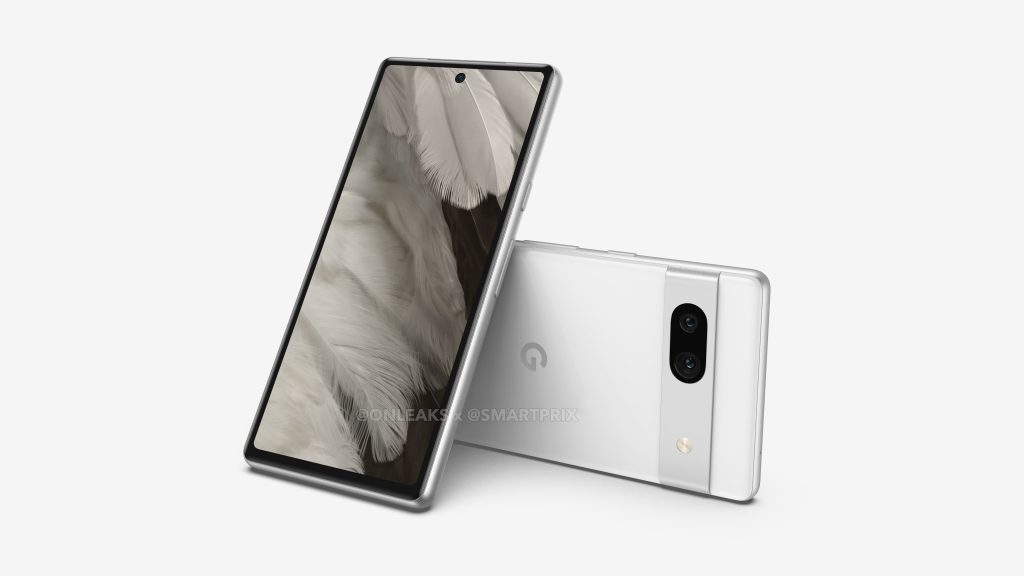
While the design looks very close to the Pixel 7, it’s not clear if the same materials will be used. The earliest leaks show that 7a has matte side rails. Whether Google opts to keep costs down by omitting aluminum in favor of plastic or cheaper materials remains to be seen. The Pixel 6a does have a metal frame, so early rumors of the Pixel 7a shipping with a recycled aluminum frame could be true.
The rear panel is highly likely to be made from polycarbonate rather than glass to help lower production costs, and this would be in line with 6a other affordable Android phones. This could have the added benefit of making the Pixel 7a lighter than the incredibly similar Pixel 7.
Colors are not yet confirmed. However, the leaked EVT model hands-on has shown us a gray-black model likely an Obsidian alternative. The previously mentioned CAD-based renders showcased a white-silver color, but did not mention a third colorway. One of the most recent leaks has hinted at “Carbon,” “Cotton,” and “Arctic Blue” colors with a potential “Jade” option also touted.
Specs

The Pixel 7a is going to provide some substantial changes to what has been a winning formula for Google’s mid-range efforts. Most notably, the AMOLED display looks like it will step up from 60Hz to 90Hz. This was an early rumor but leaked hands-on images of a prototype Pixel 7a has all but effectively confirmed that the screen will have a 90Hz refresh rate too. Undoubtedly a welcome change, this does mean that the Pixel 7a will have the same core screen experience as the Pixel 7. It could have a lower maximum brightness, but it will include an in-display fingerprint scanner.
It appears that Google will follow the previous conventions, and the 7a will no doubt come with the latest Tensor processor. Because the Tensor G2 launched with the release of the Pixel 7 and 7 Pro in late-2022, it is highly likely to be used on the Pixel 7a. This isn’t a huge upgrade over the first-generation Tensor but for a mid-range phone, it’s a more than adequate chip for doing anything from gaming to multitasking. That said, most people will never hit the limits of this processor.
This looks like it will be paired with 8GB of RAM and 128GB. That’s up from the 6GB of RAM present on last year’s Pixel 6a, and matching the Pixel 7. Google usually only offers one storage option on its A-series devices. Do not expect expandable storage. We haven’t seen a Pixel device offer the option and we don’t expect Google to change that any time soon. The RAM bump would be eye-catching once again as the baseline specifications would be exactly the same as the Pixel 7.
We do not yet know the battery capacity, but it is rumored that the Pixel 7a will be the first A-series device to include wireless charging. Annoyingly this could be capped at 5W, which means your Pixel Stand won’t offer faster wireless charging, but you will be able to charge your Pixel Buds Pro or 2020 Pixel Buds. Some other tidbits claim that the 7a will also include reverse wireless charging. Those early hands-on leaks haven’t been able to confirm that option in any way. The Pixel 6a comes with 18W wired charging via USB-C. Maybe, the Pixel 7a could include faster wired charging, but the inclusion of Qi wireless charging would be a huge step forward for the A-series.
Expect the handset to ship with Android 13 pre-installed and an update promise that includes three full operating system upgrades and five years of security patches. For those counting, it’s likely that the Pixel 7a will get Android 16 at some point in 2026.
Cameras
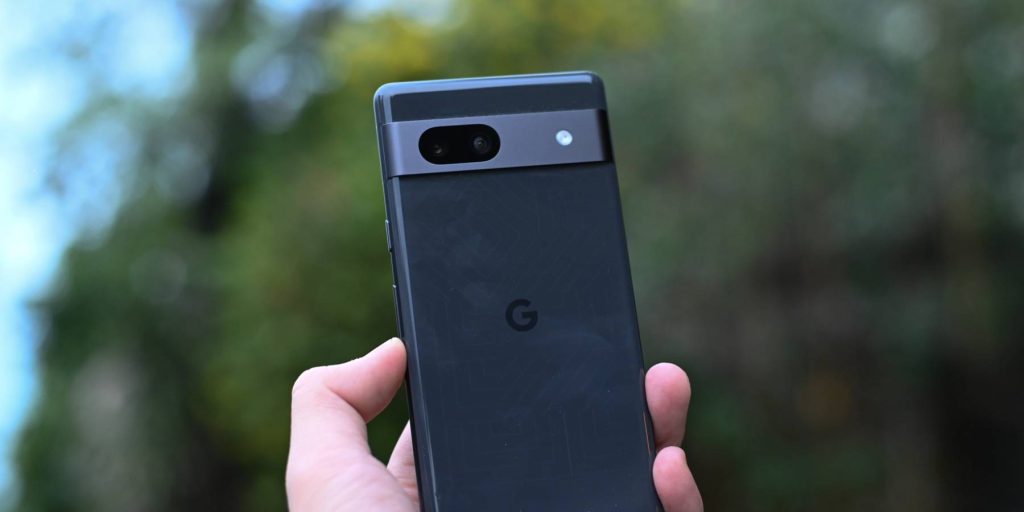
Another focus point for the Pixel 7a appears to be the camera system. We have wanted to see an upgrade over the dual 12-megapixel camera system for some time. While the Sony IMX363 has been a great servant and still produces great images, it is more than a little long in the tooth. This has become increasingly apparent since the Pixel 6 upgraded to the 50-megapixel ISOCELL GN1 sensor.
This is where things get a little confusing. As early rumors suggested that the Pixel 7a will ship with a completely new sensor but not the ISOCELL GN1. Early reports did hint that the 50-megapixel sensor would be used, but this wouldn’t align with the hands-on leaks. Since then, the Sony IMX787 sensor has been touted. Initially, we thought this could be used as a dedicated telephoto lens, but again, it would not fit with the hands-on leaks.
Rated at 64 megapixels, this would be a sizable upgrade over the 12-megapixel main sensor found on previous generations. It could be paired with another improved sensor. The ultra-wide might be switching out to a Sony IMX712 sensor. At 13-megapixels, this would provide a minor step up, but this is where things get confusing. This is likely to be the same sensor used for selfies.
You may be aware that on the Pixel 7 and 7 Pro use an 11-megapixel front-facing camera to enable software-based Face Unlock. Upping the selfie camera from 8 megapixels to 13 megapixels with a wider field of view – plus the Tensor G2 chip – could hint that Face Unlock might be available on the Pixel 7a.
Whatever the setup provides, it could come with substantial improvements over the Pixel 6a and every Pixel A-series device released to date. At the same time, there is enough difference between the Pixel 7 camera system to give people another option to choose between.
Release and pricing

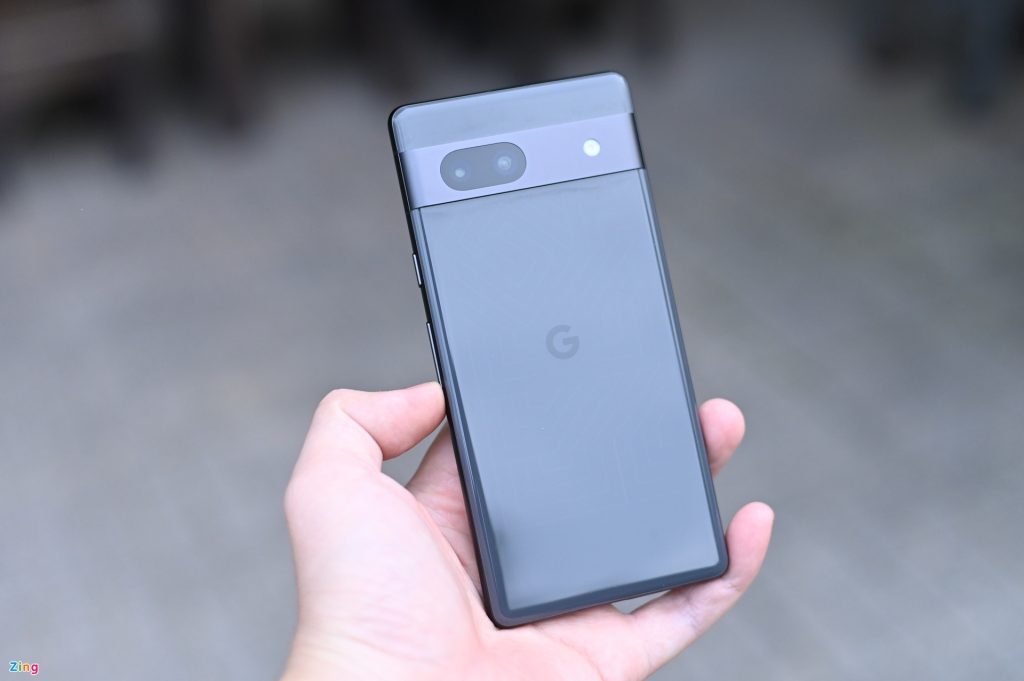
We don’t yet know just what the pricing model will be for the second Google Pixel A-series smartphone to launch with a Tensor processor. It’s likely to offer a substantial discount over the baseline Pixel 7 – which has a retail price of $599. Given the proposed hardware improvements, the Pixel 7a could be an even better buy for most people if Google can offer price parity with the Pixel 6a.
Somewhere around the $450-$500 mark would – on paper – make the Pixel 7a the perfect candidate for just about anyone looking at their first Android phone. We are expecting Google to share more information on the mid-ranger at the upcoming I/O 2023 keynote on May 10. From here the device will likely launch later in the summer.
A recent rumor suggests the Pixel 7a will officially go on sale from June 2023. This would be in-line with the previous generation.
What do you hope to see from the Pixel 7a?
What Pixel 7a rumors are you most excited by or have caught your attention? Do you think this could be a new contender of the best base Android phone for most people? Let us know down in the comments section below.
FTC: We use income earning auto affiliate links. More.




Comments